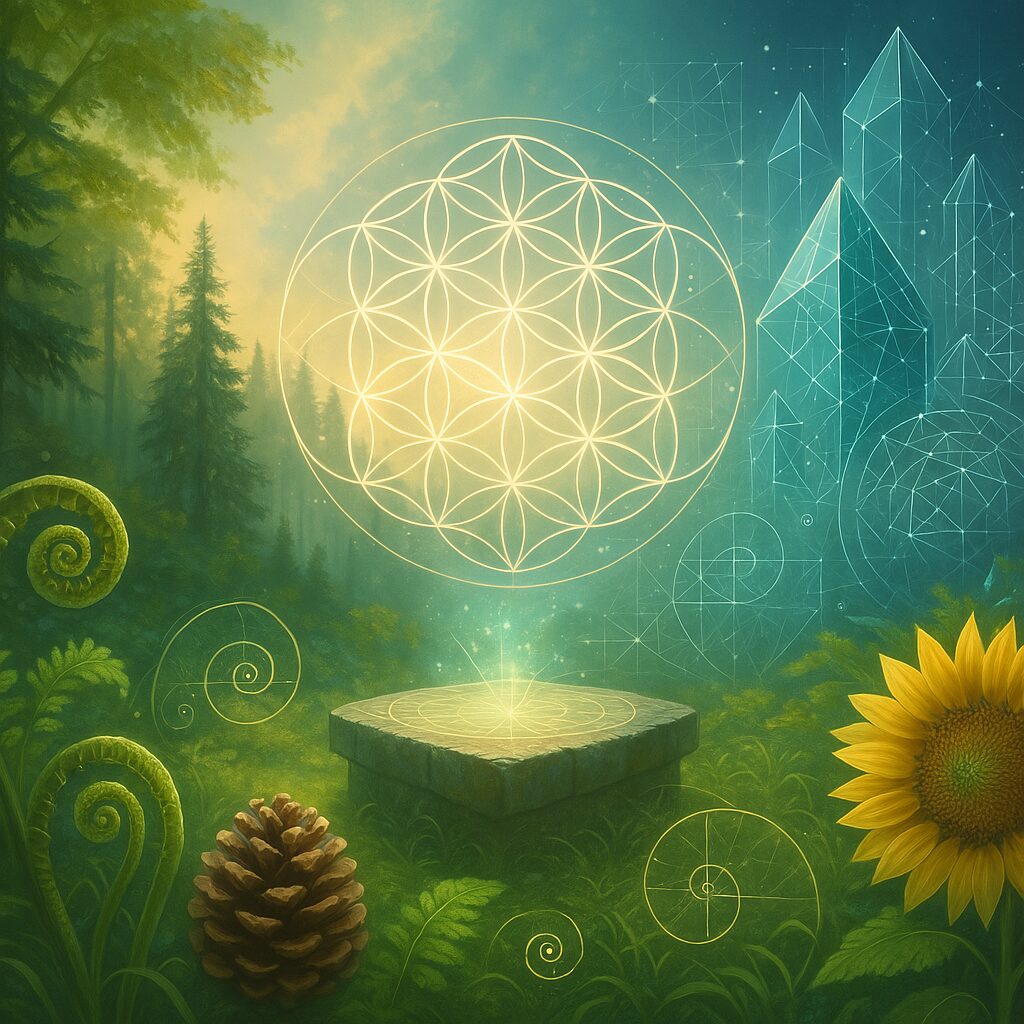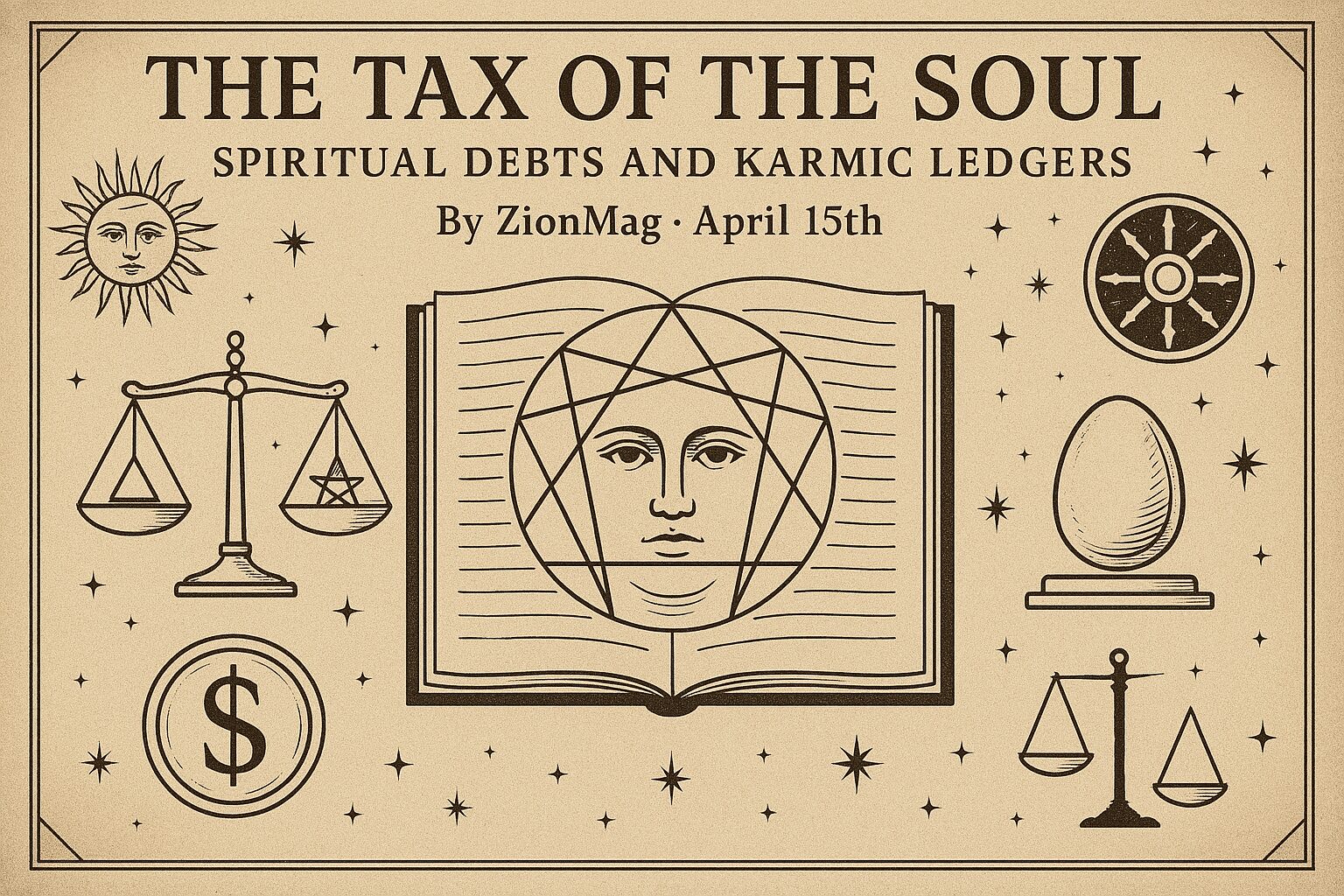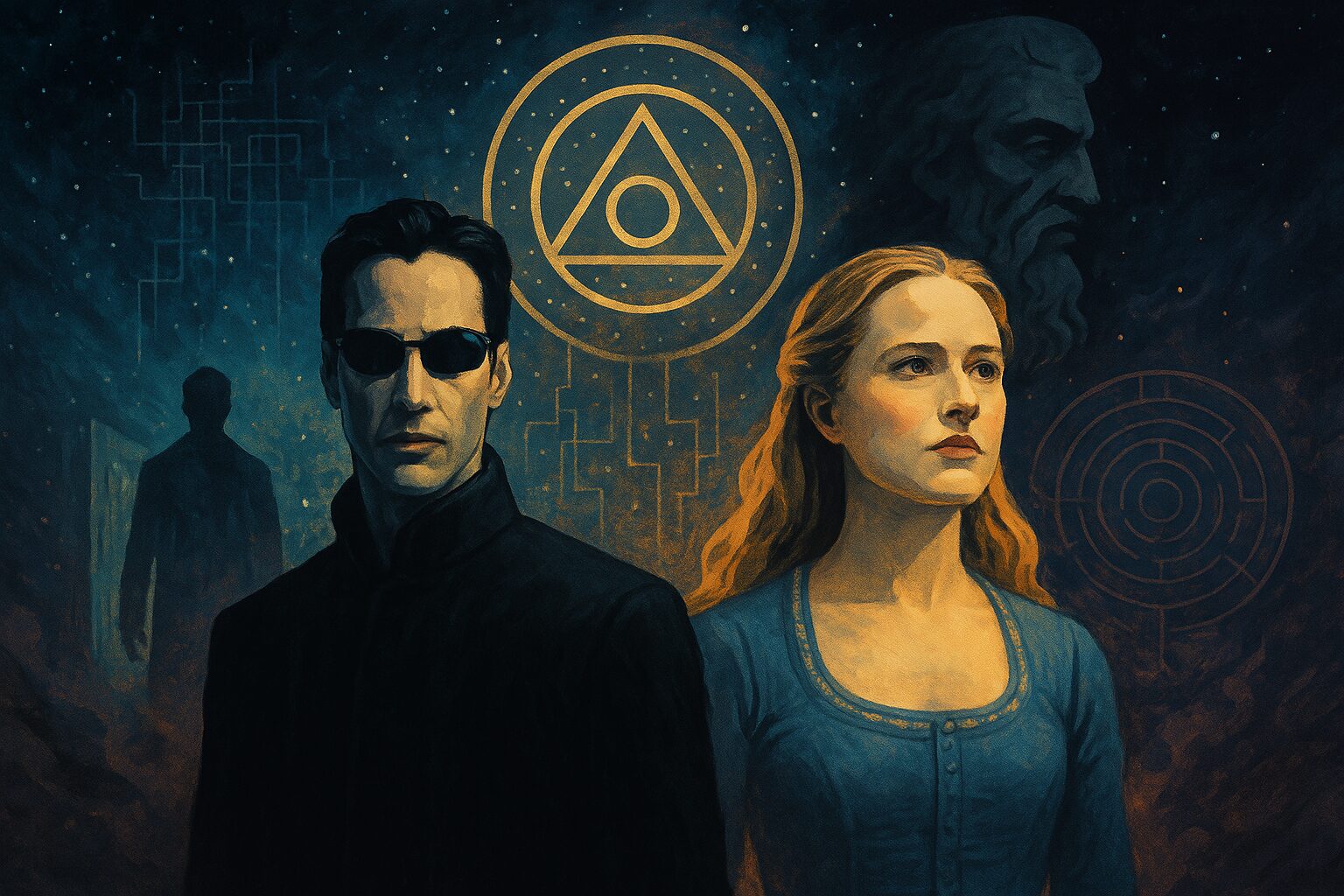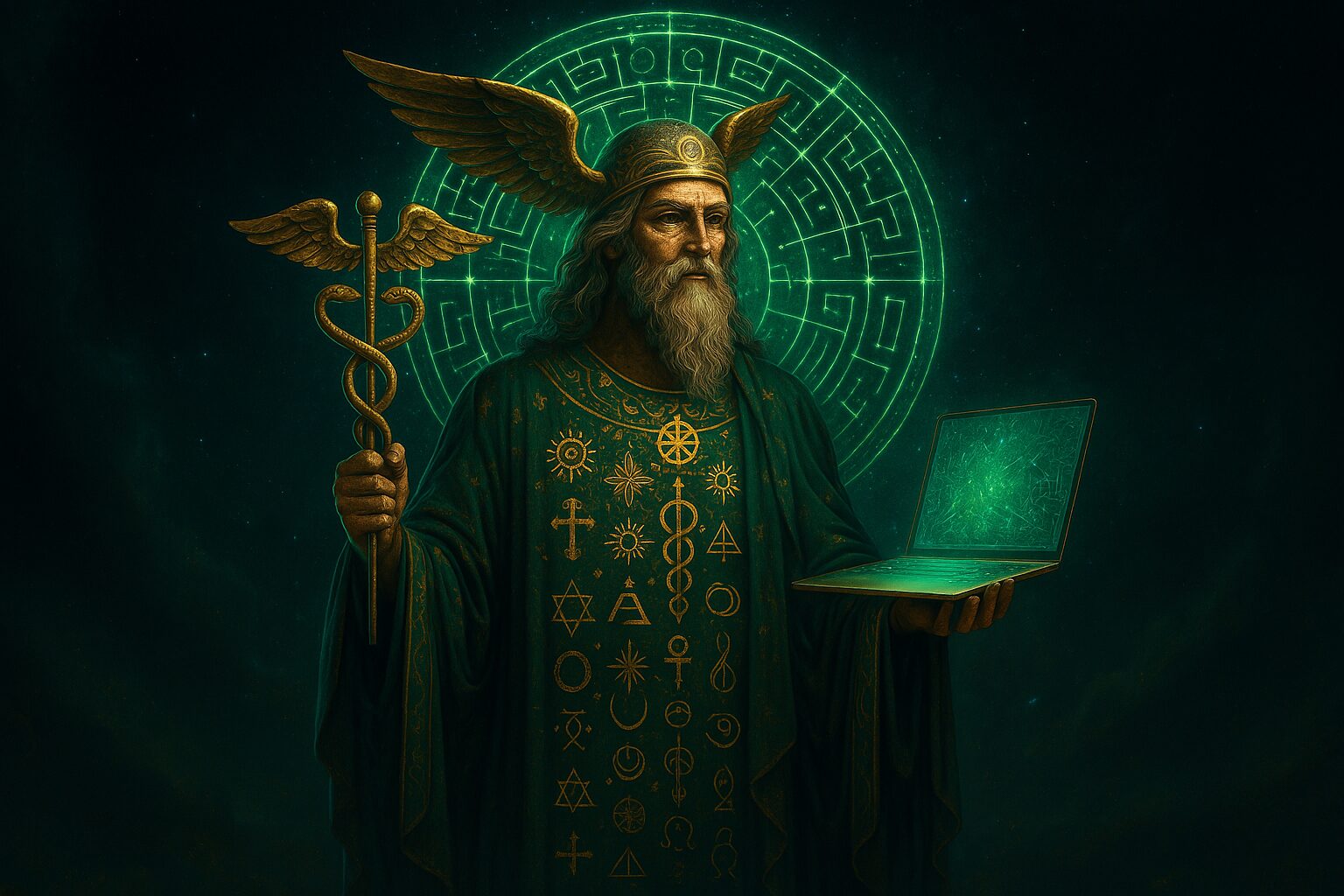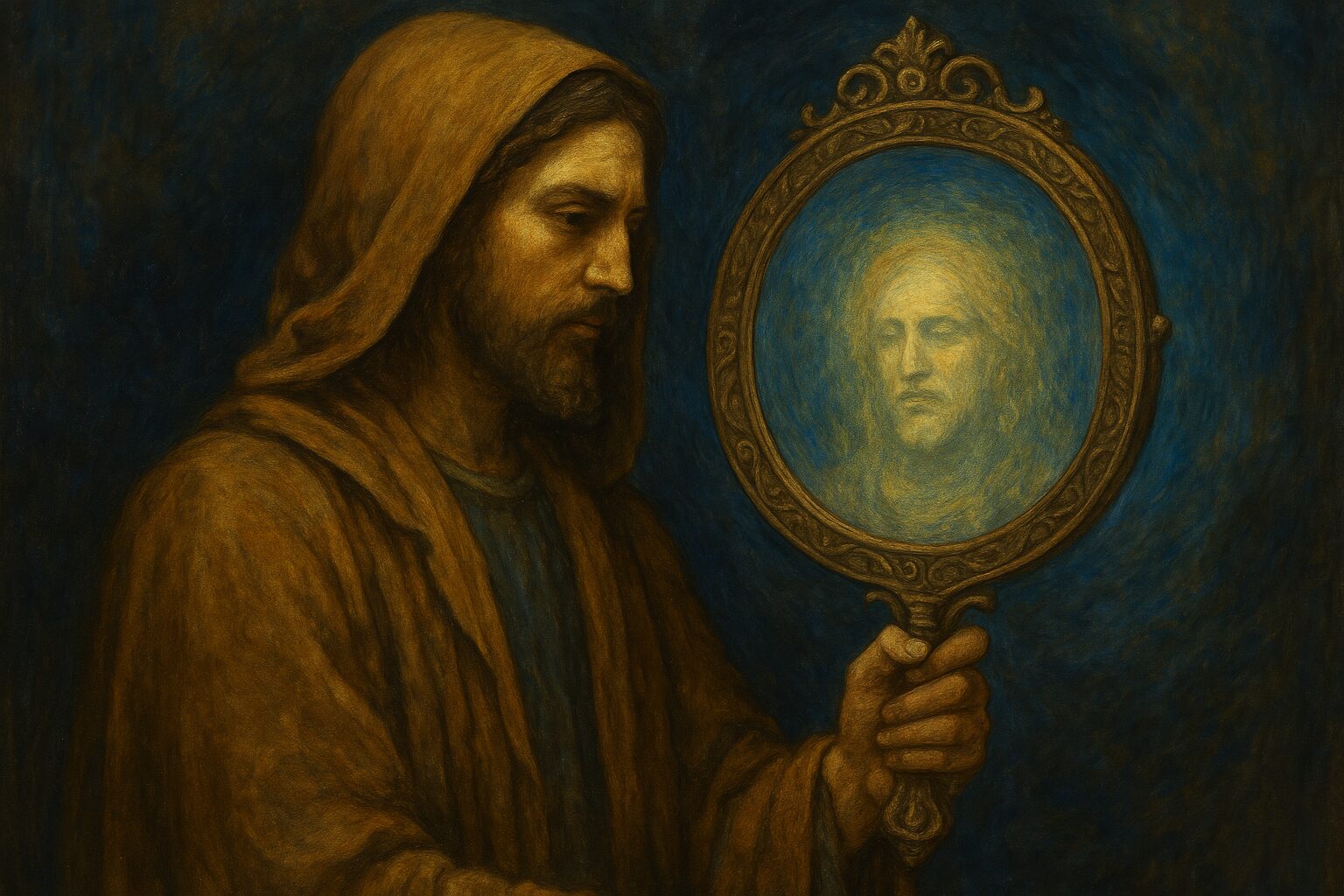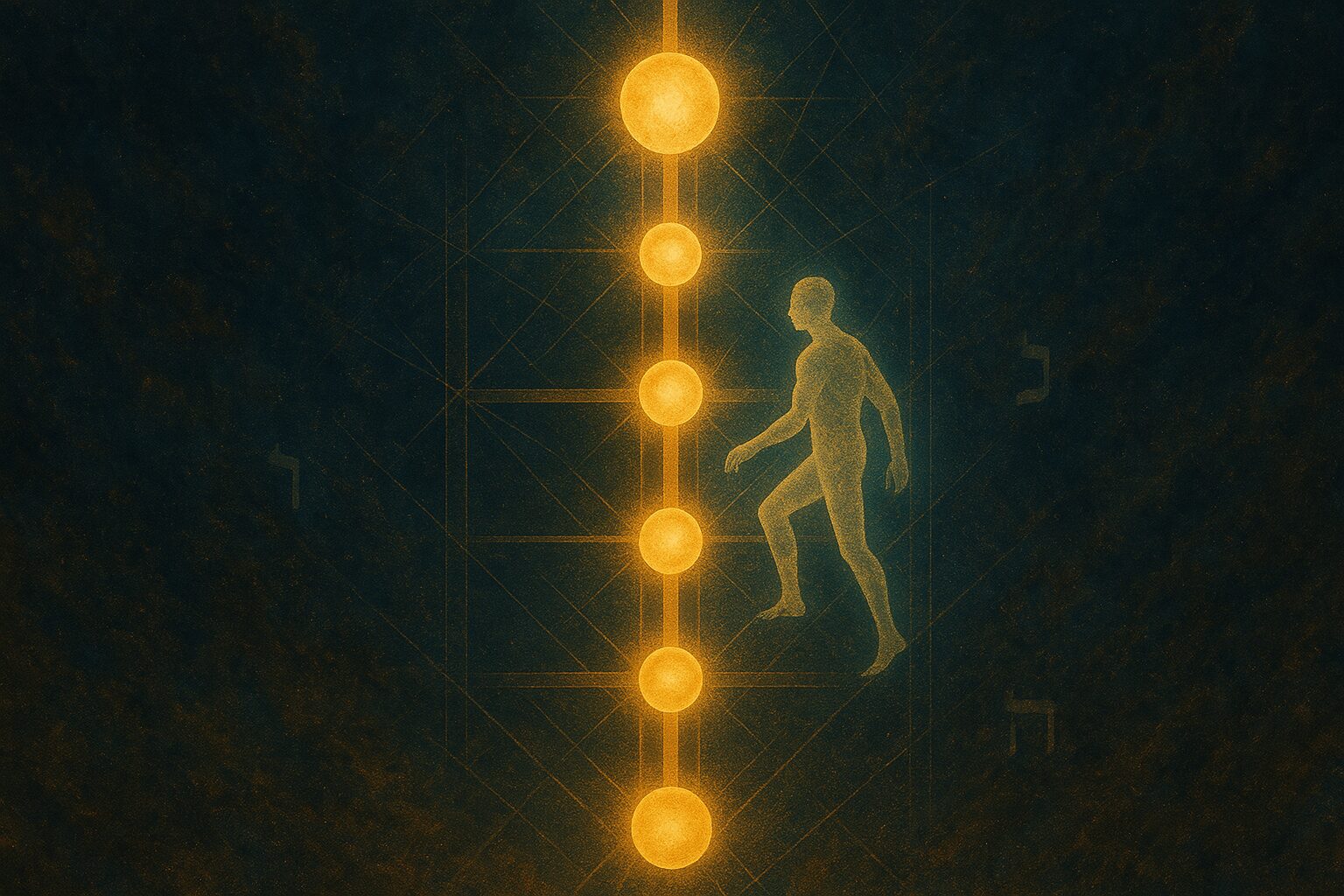Sacred geometry has fascinated mystics, philosophers, and scientists for centuries. The intricate patterns found in nature—such as the spiral of a seashell, the branching of trees, or the arrangement of flowers—have long been considered reflections of a deeper, universal order.
As Plato once remarked,
“God is a geometrician.”
Sacred geometry proposes that these patterns are not random, but rather the manifestation of divine intelligence, a blueprint that connects the physical and metaphysical realms. But what happens when we expand our understanding of sacred geometry beyond the natural world into the digital age?
What is Sacred Geometry?
At its core, sacred geometry is the study of the geometric shapes and patterns that underlie the fabric of existence. These shapes—such as the circle, triangle, pentagon, and the Fibonacci spiral—are seen as the building blocks of both the physical and spiritual world. They form the foundation of creation itself, linking geometry with the divine order of the cosmos.
Examples of Sacred Geometry in Nature
One of the most famous examples of sacred geometry in nature is the Fibonacci sequence, a series of numbers in which each number is the sum of the two preceding ones. This sequence manifests in countless natural phenomena, including:
- The spirals of galaxies
- The arrangement of leaves on a stem
- The patterns found in seashells
These occurrences show that sacred geometry serves as a bridge between the material and immaterial worlds. It reveals that the patterns in nature are not merely aesthetic, but spiritual and metaphysical expressions of divine intelligence.
Sacred Geometry and Divine Intelligence
As the philosopher and mathematician Pythagoras famously said,
“Everything is number.”
This concept embodies the idea that all creation is shaped by mathematical and geometric principles, which can be interpreted as symbols of divine perfection. Sacred geometry thus emphasizes that the universe is far from random and instead follows an organized, divine order.
Sacred Geometry in the Digital Age
The Intersection of Nature and Technology
In the age of technology and digital advancement, the connection between sacred geometry and the natural world has expanded into new realms. Modern technology, particularly the realm of digital design, has opened up new possibilities for exploring and expressing these geometric patterns.
For example, fractals are a form of digital geometry that mirrors the infinite complexity of nature. These self-repeating patterns can be found in:
- The formation of clouds
- The intricate designs in computer graphics
As we look more closely at these digital fractals, we realize that they embody the same principles of sacred geometry found in nature. This intersection between the organic world and digital technology presents a new frontier for understanding how sacred geometry manifests in the modern age.
The Digital World and Sacred Geometry
The digital world itself is also increasingly aligned with sacred geometry in ways that may seem surprising. From the structure of computer programming languages to the design of virtual reality (VR) environments, geometry serves as the underlying framework of the digital space.
Geometric Patterns in Digital Art and Design
- Digital art, animation, and architecture frequently incorporate geometric shapes and patterns.
- These designs are often inspired by the same principles found in sacred geometry.
As technology advances, these digital spaces may offer new opportunities for exploring spiritual concepts in a highly immersive and interactive way.
Sacred Geometry and Spirituality in the Digital Age
The rise of digital spirituality has brought a renewed interest in using sacred geometry as a tool for meditation and spiritual awakening. As virtual reality (VR) and augmented reality (AR) technologies evolve, they are offering new ways to experience and engage with sacred geometric forms.
Imagine stepping into a digital landscape that is entirely composed of sacred geometrical patterns, where users can:
- Interact with fractals
- Navigate through a 3D model of the Flower of Life
These immersive experiences allow individuals to connect with the divine order of the universe in ways previously unimaginable, blurring the lines between the material and spiritual worlds.
The Future of Sacred Geometry and Consciousness Exploration
Sacred geometry also holds promise for the future of consciousness exploration. In the same way that meditation and visualization practices have been used for centuries to transcend ordinary perception, digital technology may enable us to access higher states of consciousness.
By interacting with virtual representations of sacred geometric patterns, we may find that these experiences facilitate a deeper understanding of the universe and our place within it. As Rudolf Steiner, the philosopher and mystic, once said:
“The human being is a mirror of the universe.”
In this sense, our engagement with sacred geometry—whether through nature or technology—may allow us to reflect the divine structure of the cosmos within ourselves.
Conclusion: Sacred Geometry and the Bridge Between Worlds
In conclusion, sacred geometry offers a timeless lens through which we can understand the world around us, whether in the natural world or the digital landscape. It reminds us that the universe is not a random collection of particles but a harmonious, interconnected whole, governed by profound mathematical and geometric laws.
